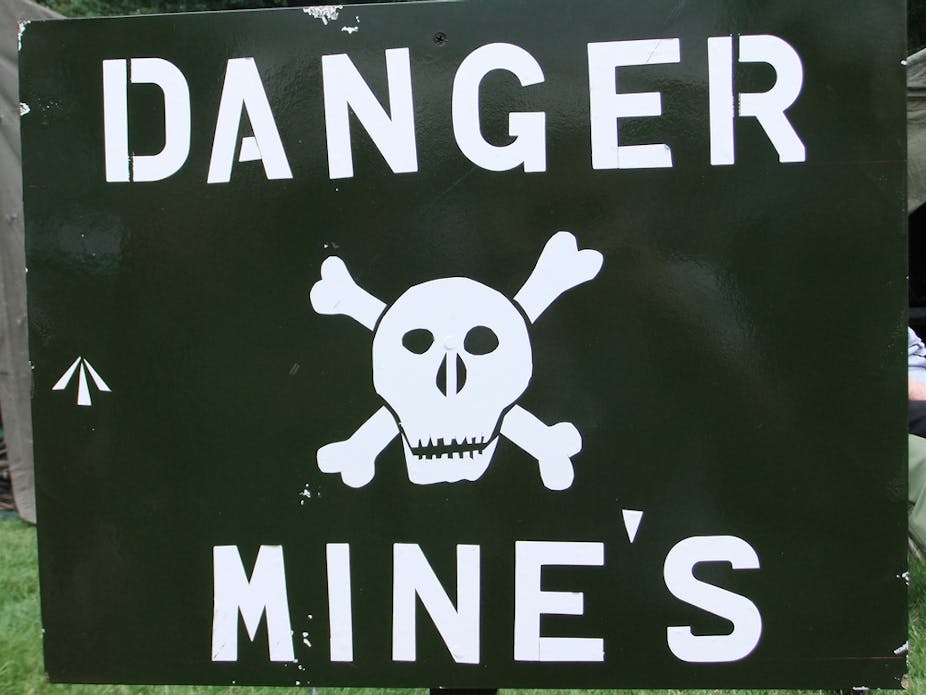In a world of instant fact-checks and real-time calculators, it seems ever harder for politicians to exaggerate their legacy or conceal their unsolved problems. Independent referees such as the Institute for Fiscal Studies (on budgetary matters) and King’s Fund (on the NHS) can immediately expose ineffective or unfunded pledges. The Office for Budget Responsibility (OBR), Office for National Statistics (ONS), and newly empowered financial regulators also stand ready to highlight any post-election hazards that campaigners leave unaddressed.
So can voters be sure they’ve been warned of (and given solutions to) everything that could possibly go wrong with the UK economy? Unfortunately our prospective leaders may be too busy debating the last crisis to consider the next. Some very real dangers are being ignored by all the parties now chasing our votes.
Private debt
The battle for economic credibility is centred on who can close the budget deficit and stabilise public debt, mixing fair tax increases and bearable spending cuts. Any gap between the promised deficit reduction and the actual savings made will be filled by forecasts of faster national income (GDP) growth. But few politicians wish to dwell on how this extra growth will be generated, because it’s likely to be far from the “balanced” recovery that all have been calling for.
Last year’s 2.6% growth was impressively investment-led, according to the OBR’s latest estimates. These show private business investment up by 6.8% and public investment by 7.3% in 2014, while household consumption rose just 2%. But OBR forecasts show average annual household consumption growth now picking up to 2.5% from 2015-20, while that of public investment drops to 2%, and business investment to 6%. With imports exceeding exports, net trade’s contribution stays negative throughout the period.
Although the OBR expects productivity and real wages to recover, consumers can only spend at this rate by borrowing more heavily. So households’ debt is forecast to climb back to more than 170% of their income by 2020 – higher than the level that triggered the 2008 crisis – even after substantial downward forecast revision since last December.

Despite strategists making it sound like a life-or-death issue, there is unlikely to be panic if public-sector net debt keeps growing until the end of the next parliament rather than the middle, or if it peaks above rather than below 80% of GDP. The main study suggesting a serious constraint on growth when public debt reaches 90% of GDP proved difficult to replicate, and probably mixed up episodes when government borrowing was the result not the cause of the crash.
The capacity for private-sector debt to reach new heights is much less clear, given the role it played in the last economic crisis. Many middle-income as well as lower-income households are already leveraged to the point where sudden income loss, or the inevitable rise in interest rates, could suddenly drain the pockets that are meant to drive the next phase of recovery.
House prices
One reason for believing higher household debt to be sustainable is that most is still “secured” against assets, principally property. House-price revival has been central to the UK recovery since 2013, restoring home-owners’ confidence and credit lines.

Net loans secured against property are still growing at less than a quarter of their peak 2006-7 rate. But along with the stock market, house prices may have been artificially inflated of record low interest rates, government help-to-buy schemes and chronic under-supply.
All parties are committed to building more homes to improve their affordability. But their keenness to stoke up housing demand ahead of any clear plans to increase supply reflects the political reality that none dares sanction an expansion that would push prices down again. That would risk another balance-sheet recession, hitting not only consumers but the expanding range of micro-businesses and crowd-funders whose credit is ultimately backed by bricks.
Current-account deficit
As recovery is driven by domestic consumption and investment rather than exports, the UK’s external balance is heavily in the red. The current-account deficit is nothing new – it has been a structural feature for decades – but it reached a record level, 6% of GDP, in the 3rd quarter of 2014.
External deficits aren’t a problem if matched by inflows of capital, arriving as foreign direct investment (FDI) or wealth that foreign fund managers want to park in the UK. The UK has long outperformed the rest of Europe in attracting these inflows. This has ensured that sterling holds its own against the dollar and the euro, despite the UK’s deficit contrasting with the Eurozone’s external surplus, and the improving US current account since 2008.
But any stutter in the UK’s capital inflow can plunge it into recession, as was shown in 2008. So it’s uncomfortable when the Bank of England highlights the possibility of a “financial deglobalization” marked by generally lower cross-border capital flows. Although slow Eurozone growth is partly to blame, the recent widening of the current-account gap reflects lower earnings on the UK’s investments abroad. Any comparable fall in the returns it offers to foreign investors could turn away those essential inflows – especially if all parties are serious about closing the tax loopholes that often lasso that footloose capital.
Are you insured?
New financial crises rarely replicate the last. Governments and regulators traditionally bolt all the doors that previously burst open before, ensuring the next irruption comes from somewhere unexpected.
For unforeseen trouble, the UK-based insurance industry may deserve a harder look. Big insurers, and the re-insurers who spread their risks globally, maintained an admirable stability while the banks were imploding in 2008, and have since stood up well to such disruptions as Hurricane Sandy and UK drivers’ unique susceptibility to whiplash.
But spreading risks is never an exact science, especially when they spring from the political as well as the natural world. Life insurers are still reeling from rule-changes that will drastically shrink the once-lucrative annuities market, as pensioners reclaim their pots (on or before retirement) with only the leanest of non-smoking, teetotal marathon-running octogenarians still interested in swapping them for lifelong income. Life insurers face rising “longevity risk” if they underestimate the steady lengthening of average lives, and the tendency of those lives to end in slow fadeout rather than sudden death.
Non-life insurers are having to re-calculate for the still very uncertain effects of global warming. The effects of this which could also cause rapid decline in once-certain asset values, especially of carbon-based corporates, even if conventional financial bubbles don’t. So an erosion of the investment returns that are already vital to insurers’ profit when premium income can’t always exceed payouts, and have already been held down by prolonged low interest rates, could mean a shortage of capacity to transfer the world’s increasing risks.
Of course, in the interests of full disclosure, crises are rarely foreseen (at least by economists), so the next will quite likely be “none of the above”. But while eager to highlight any disasters they can readily ascribe to opponents, politicians are keeping much quieter about some equally looming dangers for which finding an answer is harder than placing the blame.

